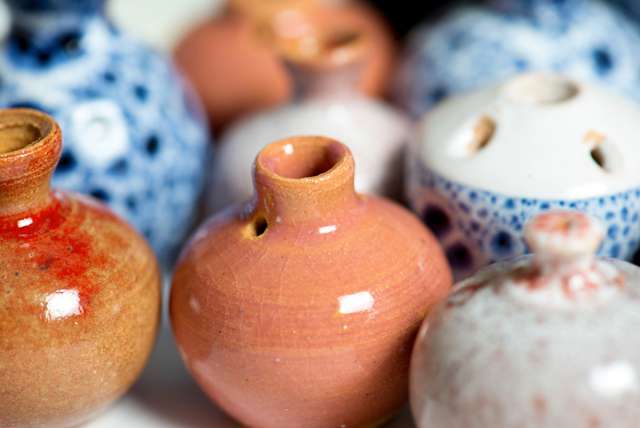
Terracotta products, like gardening pots, are a popular tool for homeowners and garden designers. Image source: Pexels user rawpixel.com
A garden designer has spent months searching for the perfect teal-colored pots and planters for a new urban green space located on the rooftop of a massive apartment complex. The designer wants the rooftop garden to look beautiful and cohesive, and so she carefully selects plants and pottery that will complement each other.1 Similarly, architects use well-crafted terracotta tile as roofing, flooring, and decorative elements, making buildings appear more colorful and aesthetically-pleasing. In both cases, customers rely on colorful, unique clay products to make their visions come to life.
Color is one of the most attractive features of clay and terracotta products; the right shade can completely transform the appearance of a space or building. As such, manufacturers must take color quality control into serious consideration and integrate spectrophotometric technologies in their production process. Spectrophotometric color measurement helps ensure that each product conforms to your aesthetic expectations, helping you make the most of these colorful materials.

Terracotta is naturally orange in color due to the oxidation of iron that occurs when the product is exposed to high temperatures. Image source: Shutterstock user Pi-Lens



